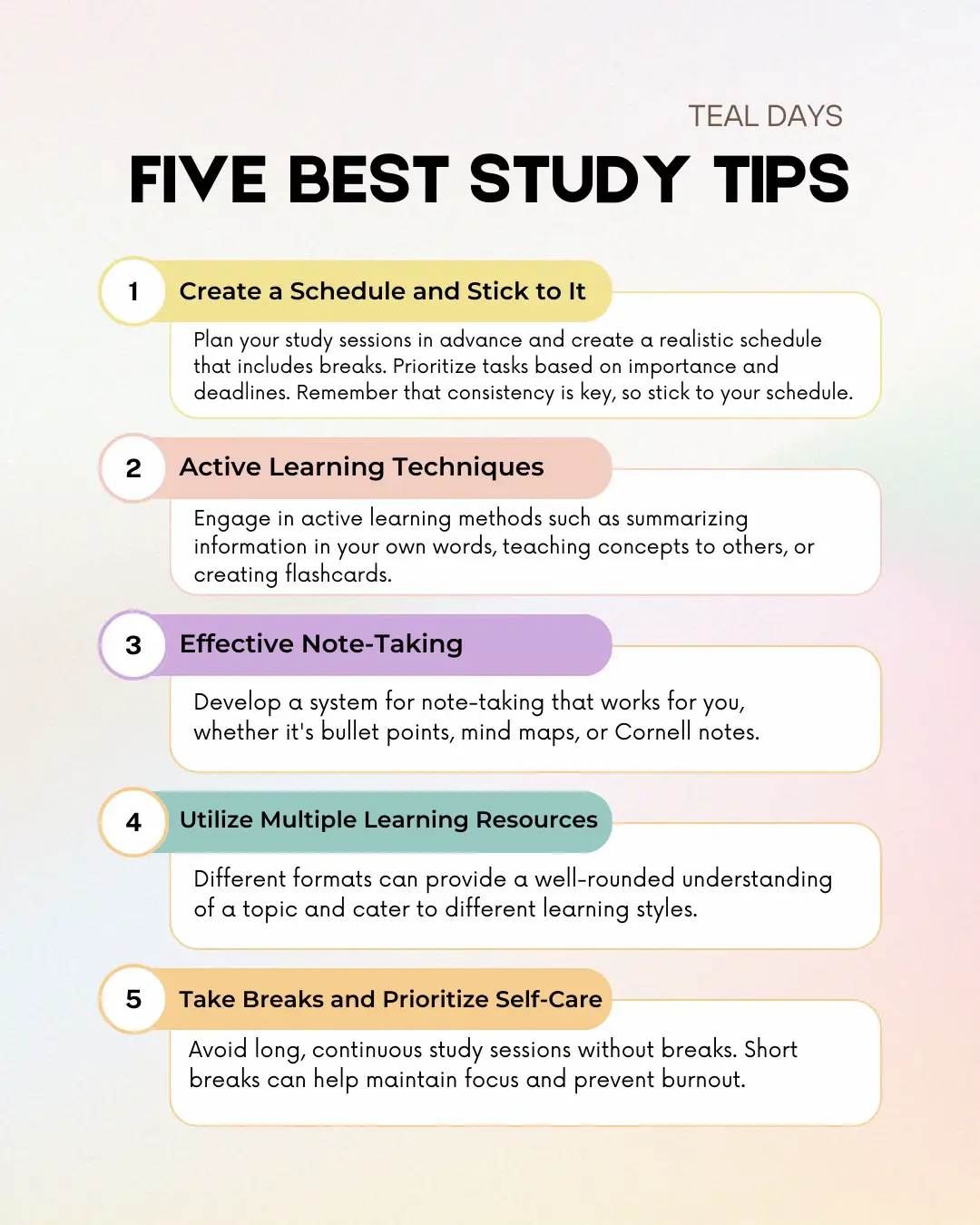0818 Work Insights
Your go-to source for the latest work trends, tips, and advice.
Cramming Is So Last Season: Why Slow and Steady Wins the Study Race
Ditch the last-minute stress! Discover why a steady study pace beats cramming for academic success. Unlock your potential today!
The Science Behind Effective Studying: Why Cramming Fails
The process of studying effectively is grounded in cognitive psychology, which emphasizes understanding how the brain functions during learning. According to research, cramming is often an ineffective method because it relies on short-term memory, leading to rapid forgetting after the assessment. Instead, techniques such as spaced repetition allow information to be retained in long-term memory by distributing study sessions over time. This method not only enhances recall but also strengthens neural connections, making retrieved information easier during exams.
Another crucial aspect of effective studying is active learning. Unlike passive reading or listening, active techniques like summarizing, self-testing, and teaching others engage the brain more fully, leading to better retention. In contrast, cramming typically involves a passive review of information, which can create a false sense of mastery. By adopting active learning strategies and spacing study sessions, students can foster deeper understanding and ultimately achieve better academic performance, proving that cramming fails to facilitate lasting knowledge acquisition.

5 Proven Strategies for Mastering Material the Slow and Steady Way
When it comes to learning new materials, adopting the slow and steady approach can yield remarkable results. Mastery doesn’t happen overnight, and employing effective strategies can make a significant difference in your retention and understanding. One of the most proven strategies is to break down complex topics into manageable chunks. By focusing on smaller sections, you allow yourself to absorb information gradually without feeling overwhelmed. Instead of trying to master an entire subject in one sitting, dedicate specific time blocks to each segment and revisit them regularly.
Another effective technique is to incorporate active learning methods into your study routine. This could involve teaching the material to someone else, engaging in discussions, or even applying the concepts in practical situations. According to educational psychology, actively interacting with content deepens comprehension and promotes long-term retention. Consider keeping a learning journal where you summarize key points, outline questions, and reflect on your understanding after each study session. This not only reinforces what you've learned but also provides you with a valuable resource to review later.
How to Create a Study Schedule that Beats Last-Minute Cramming
Creating an effective study schedule is essential for academic success and can significantly reduce the urge to resort to last-minute cramming. Start by assessing your current commitments and determining how much time you can realistically dedicate to studying each week. Break your study time into smaller, manageable sessions rather than trying to tackle everything at once. For instance, use the Pomodoro technique by studying for 25 minutes and then taking a 5-minute break. This approach not only improves focus but also enhances retention of information.
Next, prioritize your subjects based on their difficulty and your familiarity with the material. Create a visual study schedule using tools like calendars or apps that allow you to color-code your subjects. For example:
- Identify key topics for each subject.
- Allocate specific time blocks for each topic throughout your week.
- Regularly review and adjust your schedule as necessary to keep it effective.